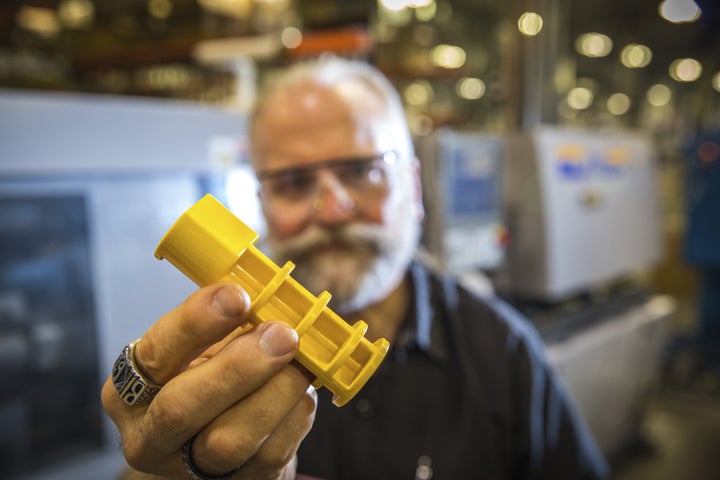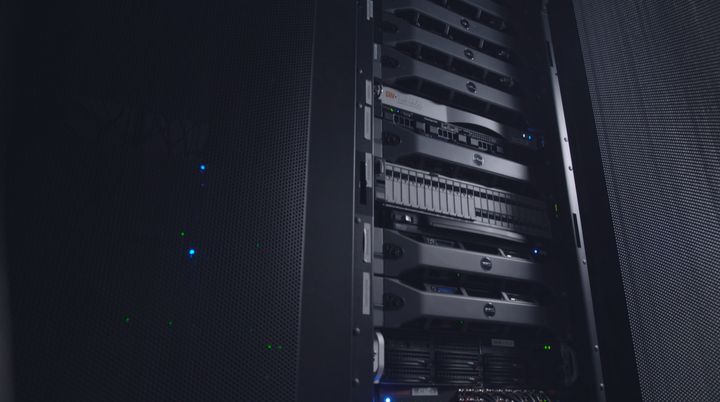Mass customization has permeated our daily lives. We can walk out of our custom-built car and walk into the store to get a can of soda with our name on it in our personalized sneakers.
So, what does this move toward greater customization of consumer products mean for the companies that produce them?
It means that a shift in manufacturing models must take place, because mass production is not conducive to customization. The economies of traditional manufacturing dictate minimum order quantities for each production run, making short production runs highly cost prohibitive. Digital manufacturing — and the on-demand model that it enables — unlocks the opportunity for companies to meet the growing consumer appetite for highly customized durable goods.

But this is no simple task. As McKinsey & Company points out, companies that want to profitably adopt mass customization must succeed in two areas: “The first is identifying opportunities for customization that create value for the customer and are supported by smooth, swift and inexpensive transactions for both consumers and producers. The second is achieving a manageable cost structure and cost level for the producer even as manufacturing complexity increases.”
The latter is where a digital manufacturing model is critical. It can free up companies from the constraints of traditional manufacturing by streamlining processes, reducing inventory and eliminating redundancies. This can help companies shift their operations to an on-demand manufacturing approach that enables mass customization.
Simpler Supply Chains, Faster Time-to-Market
Consider how disjointed traditional manufacturing can be. A company might go to one vendor to create prototype parts for a new product. Then, they go to another vendor to manufacture end-use parts. Finally, they go to a third vendor to get quality inspection reports on those end-use parts.
This approach of working with multiple parties can be time consuming and cumbersome. It requires clear and consistent communication between suppliers to ensure there is a smooth transition as parts move from prototyping to production to inspection. It also can increase the likelihood of manufacturing issues, whether it’s lack of inventory or limited manufacturing capacity. And these mistakes can have consequences, such as a longer time to market and missed orders.
Digital manufacturing enables companies to be more nimble, efficient and responsive to create a more versatile, on-demand production model.

Specifically, a digitalized manufacturing approach — one that draws a digital thread from quoting through to the plant floor and into the inspection process — is the secret ingredient. Manufacturers that can provide this capability under one roof can further expedite the process to get customized products into the hands of consumers as quickly as possible.
Adoption Across Industries
Digital manufacturing of on-demand parts is already helping companies transform their operations and capture new business opportunities.
In the health care industry, for example, the mix of electronics and user interfaces that are used in medical devices are changing very rapidly. This is shortening product life cycles to just a few years. However, the high cost of traditional injection molding tooling doesn’t make it economically feasible for many companies to justify changing their product that frequently. The cost of scrapping their injection molding tooling for a redesigned one is simply too high in such a short time frame.
That’s starting to change with digital manufacturing, which is conducive for shorter product life cycles and smaller production runs. Now, medical device companies can get a return on their investments in tooling because they can contract out on-demand injection molding while still “owning” the tooling for their product’s lifetime. This allows companies to efficiently and cost-effectively refresh products as technologies change.
In the automotive industry, tier-one suppliers have historically met the just-in-time demands of automakers by building up inventory. That approach may work, but it’s expensive. With digital manufacturing, auto suppliers can deliver the on-demand components that automakers need, when they need them, but without the cost and risk of maintaining high inventory levels.
In the industrial sector, some equipment manufacturers have found themselves priced out of sales opportunities because certain types of low-volume equipment aren’t economically feasible. The OEMs simply have no way of getting tooling made and parts delivered in a way that offers a decent return. Digital manufacturing, however, now allows them to capture those revenue streams because it offers a better total cost of ownership for low-volume production.
An Inevitable Transition
Deloitte research has found that in some categories more than half of consumers have expressed interest in buying customized products or services. Even better, it found the majority of consumers would be willing to pay more for that customization.
The companies that take a lead in adopting digital manufacturing will find themselves not only better positioned to meet this demand, but able to do so in a fast and affordable manner that could get their offerings to market ahead of the competition.
